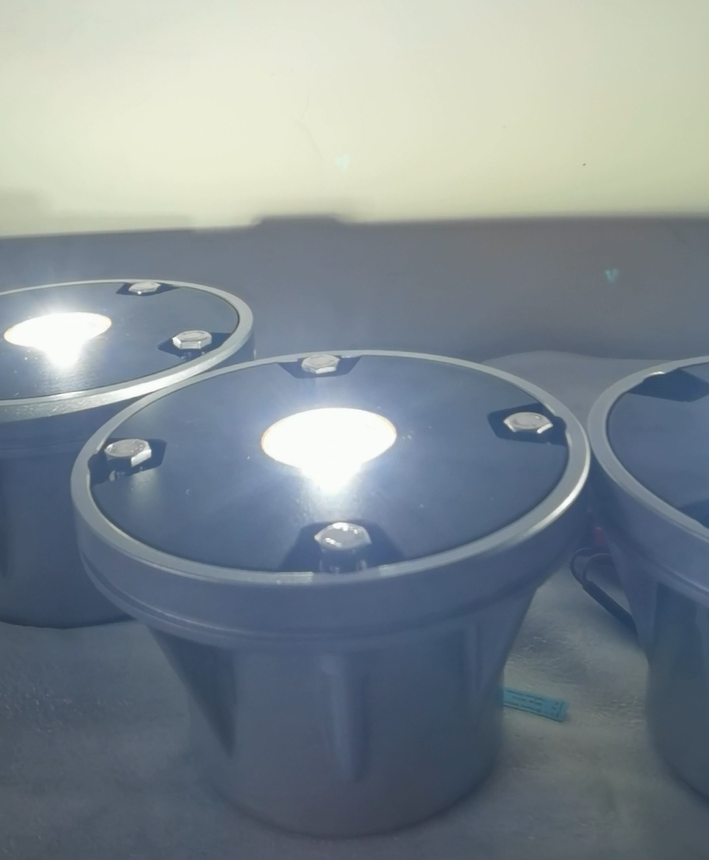In the realm of aviation, precision and safety are of utmost importance. Among the many elements that contribute to a safe helicopter operation, helicopter landing pad lights play a crucial role. These unassuming yet essential fixtures are the unsung heroes that guide pilots to a secure touchdown and ensure the smooth flow of aerial activities.
Helicopter landing pad lights are designed to provide clear visibility in all weather conditions. Whether it's a clear, starry night or a foggy, stormy evening, these lights cut through the darkness and confusion, creating a defined landing area for the helicopter. They act as a visual aid, enabling pilots to accurately assess the location and orientation of the landing pad from a distance.
The importance of these lights cannot be overstated. In low-light conditions or adverse weather, a well-lit landing pad can mean the difference between a safe landing and a potentially disastrous outcome. Without proper illumination, pilots may struggle to identify the landing area, increasing the risk of accidents and endangering the lives of passengers and crew.
One of the key features of helicopter landing pad lights is their durability. Designed to withstand the harsh elements of the outdoors, these lights are built to last. They are made from high-quality materials that can endure extreme temperatures, wind, rain, and even impact. This durability ensures that the lights remain functional even in the most challenging environments, providing reliable illumination when it is needed the most.

Another important aspect of helicopter landing pad lights is their energy efficiency. In an era where environmental consciousness is on the rise, energy-efficient lighting solutions are becoming increasingly popular. These lights are designed to consume minimal power while still providing bright and effective illumination. This not only reduces operating costs but also helps to minimize the environmental impact of helicopter operations.
The technology behind helicopter landing pad lights has come a long way in recent years. Advanced LED lights are now commonly used, offering several advantages over traditional lighting systems. LED lights are extremely bright, providing excellent visibility even from a great distance. They also have a long lifespan, reducing the need for frequent replacements and maintenance. Additionally, LED lights are more energy-efficient than traditional bulbs, further enhancing their appeal.
| Helicopter Landing Pad Lights | E1 |
| R1 | R5 |
In addition to providing illumination for landings, helicopter landing pad lights also serve other important functions. They can be used to signal the status of the landing pad, indicating whether it is in use or available. This helps to prevent collisions and ensures the efficient flow of helicopter traffic. Some landing pad lights are also equipped with strobe lights or beacons, which can be seen from a greater distance and provide additional warning to approaching aircraft.
The installation and maintenance of helicopter landing pad lights require careful consideration. The lights must be positioned correctly to ensure optimal visibility and avoid blinding pilots. Regular maintenance checks are also essential to ensure that the lights are functioning properly and are free from damage or defects. This may involve cleaning the lights, checking for loose connections, and replacing bulbs or components as needed.
In conclusion, helicopter landing pad lights are a vital component of helicopter operations. They provide the necessary illumination for safe landings, signal the status of the landing pad, and contribute to the overall efficiency and safety of aerial activities. As technology continues to advance, we can expect to see even more innovative and effective lighting solutions for helicopter landing pads. These lights will continue to shine brightly, guiding pilots to a safe touchdown and ensuring the smooth flow of aviation in the skies above.